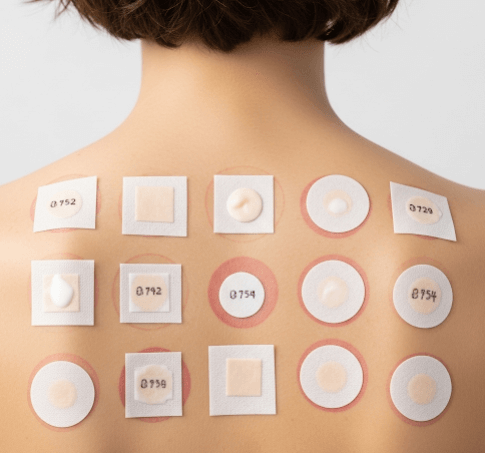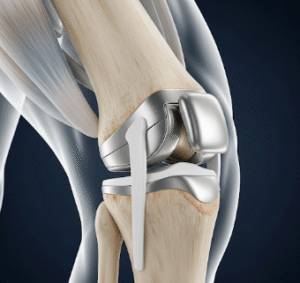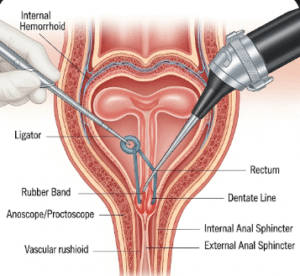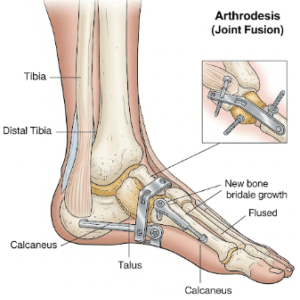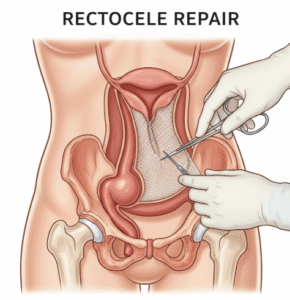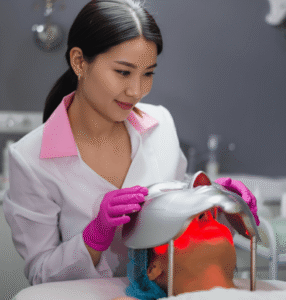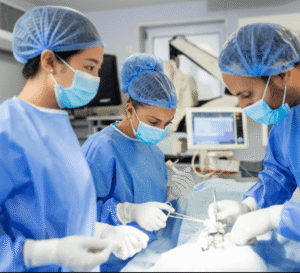Comprehensive allergy testing for safe skincare and beauty product use
What it is
A patch test series (cosmetics) is a diagnostic procedure used to identify allergic contact dermatitis caused by ingredients in cosmetics, skincare products, and personal care items.
It involves applying small amounts of common cosmetic allergens to the skin (usually the back) using adhesive patches. After 48–96 hours, dermatologists examine the skin for signs of allergy such as redness, swelling, or small blisters.
Cosmetic allergens commonly tested include:
- Fragrances
- Preservatives (parabens, formaldehyde releasers)
- Dyes and colorants
- Emollients and oils
- Metals (nickel, chromium) found in applicators or pigments
In Korea, patch testing is considered part of skin and care treatments, especially for patients with sensitive skin, chronic rashes, or reactions to beauty products.
Why it’s done
Patch test series are recommended for several important reasons:
✔ Identify allergens – Determines the exact cosmetic ingredient causing reactions.
✔ Prevent chronic dermatitis – Avoiding triggers helps break the cycle of recurring rashes.
✔ Guide safe product selection – Helps patients choose cosmetics and skincare without harmful ingredients.
✔ Improve quality of life – Reduces discomfort, itching, and embarrassment caused by skin allergies.
✔ Support cosmetic dermatology – Ensures treatments such as facials, peels, or lasers are safe.
Alternatives
Other methods may be considered alongside or instead of cosmetic patch testing.
→ Elimination trial – Patients stop using suspected products and reintroduce them one by one.
→ Prick test or blood tests – Useful for immediate-type allergies but less accurate for delayed contact dermatitis.
→ Clinical observation – Dermatologists track skin reactions over time with product diaries.
→ Ingredient-based avoidance – Choosing hypoallergenic or dermatologist-tested brands without pinpointing the exact allergen.
Despite these options, the patch test series remains the gold standard for cosmetic allergy diagnosis.
Preparation
Preparation ensures the accuracy of results.
➤ Medical evaluation – A dermatologist reviews symptoms, skin history, and product use.
➤ Discontinue medications – Topical corticosteroids, oral antihistamines, or immunosuppressants may need to be paused before testing.
➤ Avoid tanning or sunburn – Irritated skin can interfere with results.
➤ Bring personal products – Patients may be asked to bring cosmetics they use daily for targeted testing.
➤ Patient education – Instructions are given about keeping patches dry and avoiding scratching during the test period.
How it’s done
The patch test series follows a systematic process.
➔ Application – Adhesive patches containing allergens are placed on the patient’s back or upper arm. Each patch holds small chambers with different substances.
➔ Initial period – Patches remain in place for 48 hours, during which the skin must stay dry.
➔ First reading – After removal, dermatologists examine the skin for initial reactions.
➔ Second reading – Performed at 72–96 hours, as some allergic reactions develop slowly.
➔ Result interpretation –
- Negative: No reaction, safe to use.
- Positive: Redness, swelling, or vesicles indicate allergy.
- Doubtful: Minimal redness may require retesting.
➔ Customized testing in Korea – Korean clinics often add patient’s own cosmetics to the series for personalized results.
Recovery
Recovery is minimal since patch tests are non-invasive.
→ Mild redness or itching at test sites is common and fades within days.
→ No downtime; patients can resume normal activities while avoiding water contact with the test area.
→ Results provide long-term benefits by guiding safe cosmetic use.
Complications
Although safe, patch testing may cause:
✔ Temporary skin irritation at test sites.
✔ Persistent redness or pigmentation after a strong allergic response.
✔ False negatives if patients use antihistamines or steroids during testing.
✔ Rare infection if test sites are scratched excessively.
In Korea, complications are minimized with controlled testing protocols and follow-up care.
Treatment options in Korea
Korea has some of the most advanced dermatology clinics in the world for cosmetic allergy testing.
➤ Comprehensive patch series – Clinics test against panels of fragrances, preservatives, dyes, and emollients commonly used in Korean and global cosmetics.
➤ Customized testing – Patients’ own skincare and makeup products can be added to the series.
➤ Dermatology–cosmetic integration – Dermatologists work alongside aesthetic specialists to recommend safe product alternatives.
➤ Technology-enhanced evaluation – Digital imaging is often used to document and grade skin reactions.
➤ International patient services – Bilingual consultations and structured testing schedules support medical tourists.
➤ Research leadership – Korean dermatologists contribute to international studies on cosmetic safety and contact dermatitis, keeping protocols evidence-based.
By undergoing patch test series in Korea, patients gain clear answers about skin allergies, safe cosmetic guidance, and world-class dermatologic care, ensuring beauty and health go hand-in-hand.

